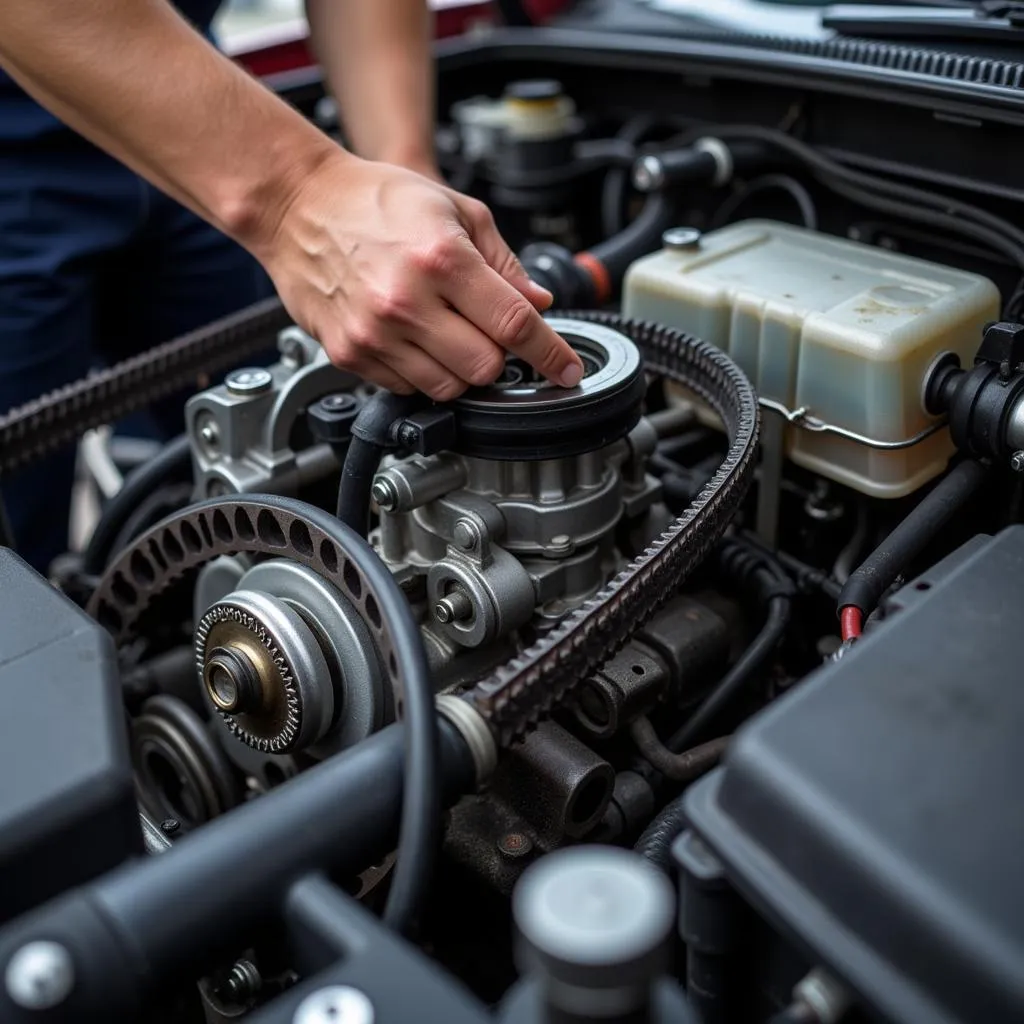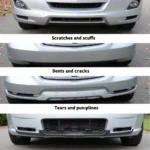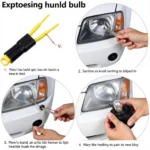Owning a car that hits the 150,000-mile mark is a testament to its reliability and your commitment to maintenance. However, reaching this milestone means your vehicle needs special attention to ensure it stays on the road for many more miles. This isn’t the time to skip routine checks; proactive maintenance is crucial. This article will cover the key items to repair and maintain when your car reaches 150,000 miles.
Essential Repairs and Maintenance at 150,000 Miles
Hitting the 150,000-mile mark means certain components likely need attention due to wear and tear. Here are some key areas to focus on:
1. Timing Belt/Chain
The timing belt or chain ensures your engine’s valves operate in sync with the pistons. A broken belt or chain can lead to catastrophic engine damage. Most manufacturers recommend replacement between 60,000 to 100,000 miles, so check your owner’s manual.
2. Water Pump
Often connected to the timing belt, the water pump circulates coolant to prevent engine overheating. Replacing it simultaneously with the timing belt is cost-effective since you’ll already have access to both.
3. Suspension Components
Worn suspension components like shocks, struts, and control arms can affect handling, ride comfort, and even tire wear. Inspecting and replacing worn parts is crucial for safety and optimal driving experience.
4. Cooling System
Beyond the water pump, check the radiator, hoses, and thermostat for leaks or wear. A well-maintained cooling system prevents overheating and costly repairs.
5. Brakes
Brakes are critical for safety. At 150,000 miles, inspect brake pads, rotors, calipers, and brake lines. Don’t compromise on safety – replace worn brake components promptly.
6. Transmission Fluid
Regular transmission fluid changes are crucial for automatic and manual transmissions. Consult your owner’s manual for the recommended fluid type and service intervals.
Don’t Neglect Regular Maintenance
Besides addressing specific components, continue routine maintenance diligently:
- Oil Changes: Regular oil changes with high-quality oil are vital for engine longevity.
- Spark Plugs: Worn spark plugs can reduce fuel efficiency and engine performance. Replace them as per your owner’s manual recommendations.
- Filters: Regularly change air, fuel, and cabin filters to protect your engine and ensure clean air inside the cabin.
- Fluids: Check and top off all fluids, including coolant, power steering, and brake fluid.
Expert Insight
“Many car owners underestimate the importance of preventative maintenance, especially at higher mileages,” says John Smith, a seasoned mechanic with over 20 years of experience. “Following the manufacturer’s recommended service schedule and addressing potential issues early can significantly extend the life of your vehicle.”
Conclusion
Maintaining your car at 150,000 miles requires a proactive approach, focusing on essential repairs and diligent routine maintenance. By investing in the key areas outlined in this article, you can keep your car running smoothly and safely for many miles to come.



